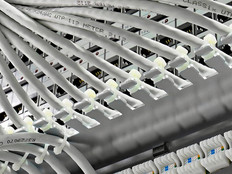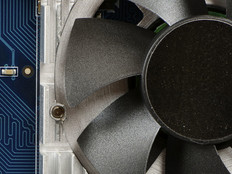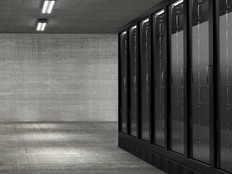How to Stabilize Your Power Infrastructure
When a business converges its infrastructure, the power and cooling needs typically change dramatically. With a dense, highly utilized environment, an organization will experience a larger power draw and increased heat output.
To minimize the risk of downtime and protect your systems in the event of a disruption, you need to:
1. Keep Power Stable
Power being drawn by equipment needs to be stable and free from surges. Plus, it must be distributed efficiently so no equipment becomes strained. Unstable and unprotected power distribution can create slowed server response and, worse, irreversible damage.
2. Maintain Proper Cooling
You need to provide enough cooling to your servers to maintain performance levels while trying to keep cooling costs low. Failure to properly cool your servers can cause them to overheat and crash, resulting in devastating downtime.
3. Maximize Visibility
Data regarding resource usage, operational status and overall infrastructure health needs to be readily accessible and understandable. Without this information, the IT crew won’t know if data center power flows or cooling levels need to be adjusted until it is too late.









